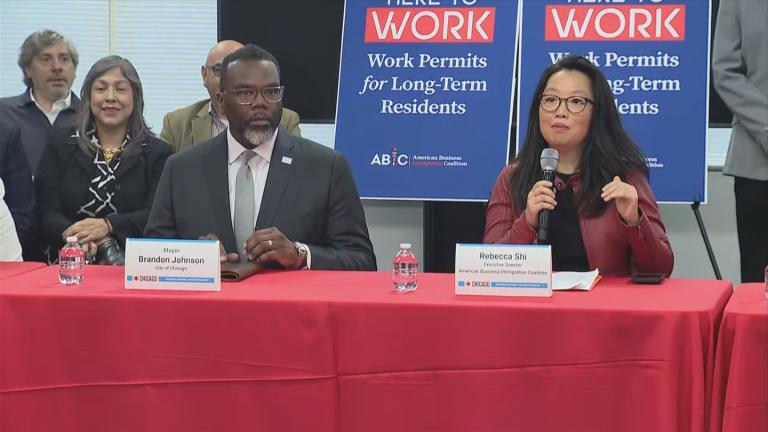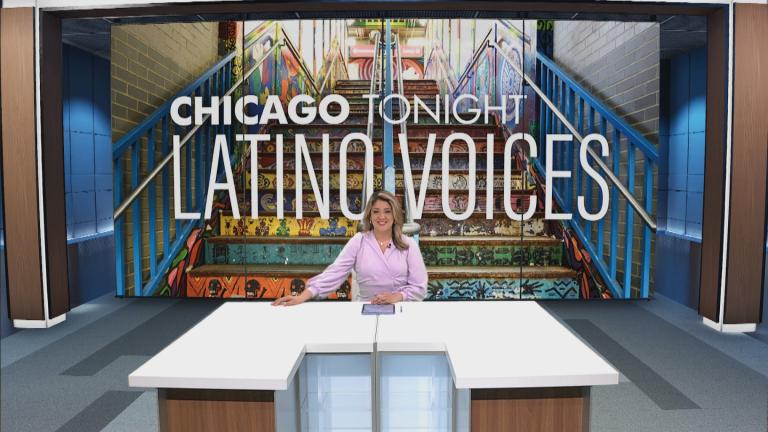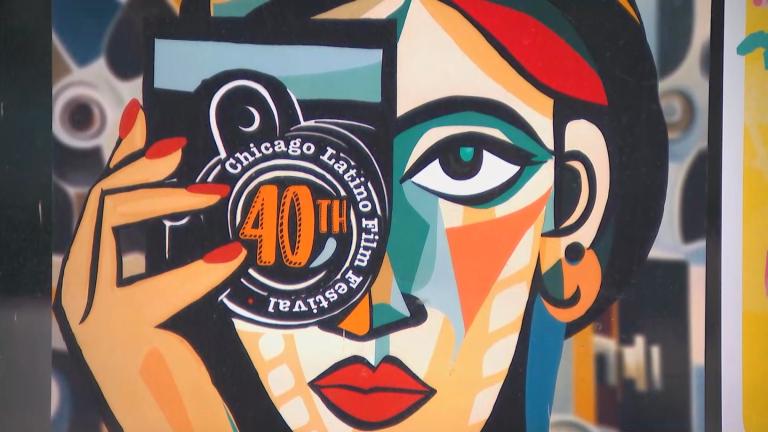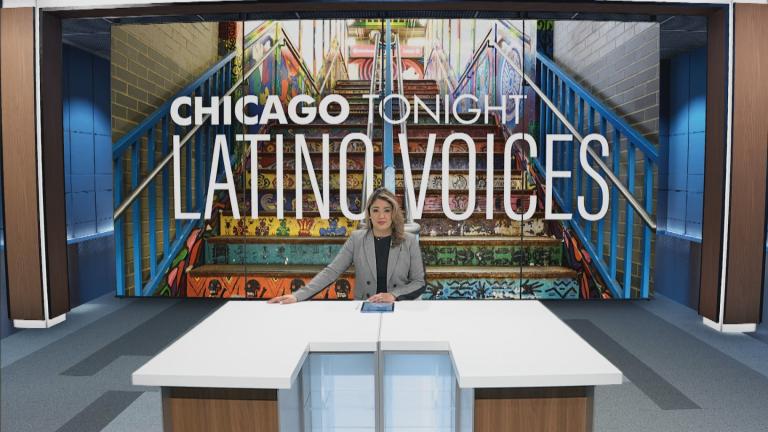Three million Americans have epilepsy, the neurological condition that causes seizures due to a genetic disorder or injury to the brain.
Of that number, 400,000 are Latino, and while epilepsy can cause difficulties for all who are diagnosed with it, Latinos face an additional range of health care barriers.
According to a Kaiser Family Foundation study, 25% of Latinos are uninsured and 25% have no usual source of health care. A Harvard analysis concluded that Spanish-speaking Latinos receive one-third less care overall due to language barriers with health care providers.
Dr. Adriana Bormeo-Ovalle, associate professor in the department of neurological sciences at Rush University Medical Center, says epilepsy can have several causes and the condition can occur at any age.
“Epilepsy can be caused by multiple brain injuries. Some people are born with a predisposition to have epileptic seizures. Or some people may acquire the predisposition to have epileptic seizures by different types of brain injuries that you can acquire actually anytime over your lifetime,” Bormeo-Ovalle said.
The notion that epilepsy is a childhood disease is just one of several common misconceptions about the disorder, says Agatha Demarchi, a bilingual clinician with the Epilepsy Foundation of Greater Chicago. She says in her work, she helps patients understand the ways epileptic seizures might present.
“Sometimes [people] have a misconception of what they expect to see for a seizure. They see the most common one when people may be getting on the floor, maybe [go] a little bit rigid, but there's different types of seizures,” Demarchi says. We provide, sometimes, patient training through the Epilepsy Foundation where people can learn about what is epilepsy, what are the different signs, and what are the different types of seizures as well.”
Demarchi says language barriers and documentation status can also complicate how Latinos seek treatment for epilepsy.
“Unfortunately, there's not a lot of doctors that speak in their own language. The other part will be there's people that are undocumented. And unfortunately, there is a lack of resources when people come to this country and maybe they don't have the legal status,” Demarchi says. “That is something that the Epilepsy Foundation … has training and services in Spanish, where people can feel that they can speak their own language and we can create a bridge for them in order to overcome those barriers as well.”
Dr. Bormeo-Ovalle says that once patients do seek treatment, the outlook is better than it ever has been, especially in Chicago.
“The good news is that for most people, epilepsy is a treatable condition. We expect about 70% of patients to be fully controlled on medication and treatment. And we have great options for treatment for patients who have types of epilepsy that do not respond to medication,” says Bormeo-Ovalle. “We are very fortunate in our Chicagoland area, we have five high-level epilepsy centers. We work collaboratively across different centers and we have a lot of options to offer for patients with epilepsy to be able to live their best life and a fulfilled and full life despite the disease.”








